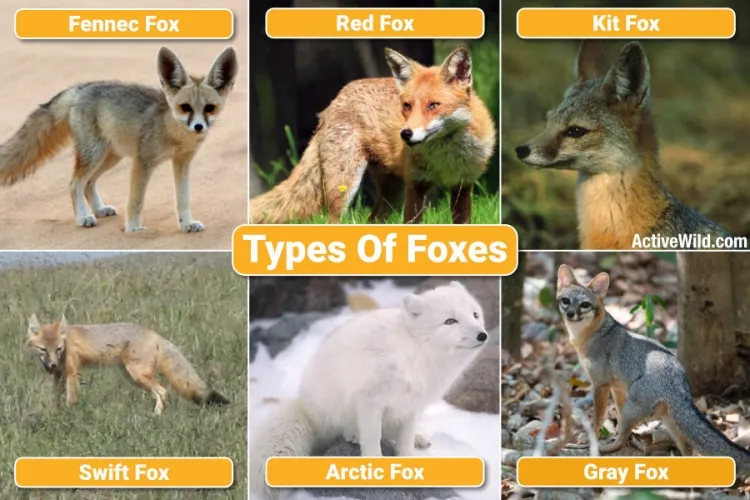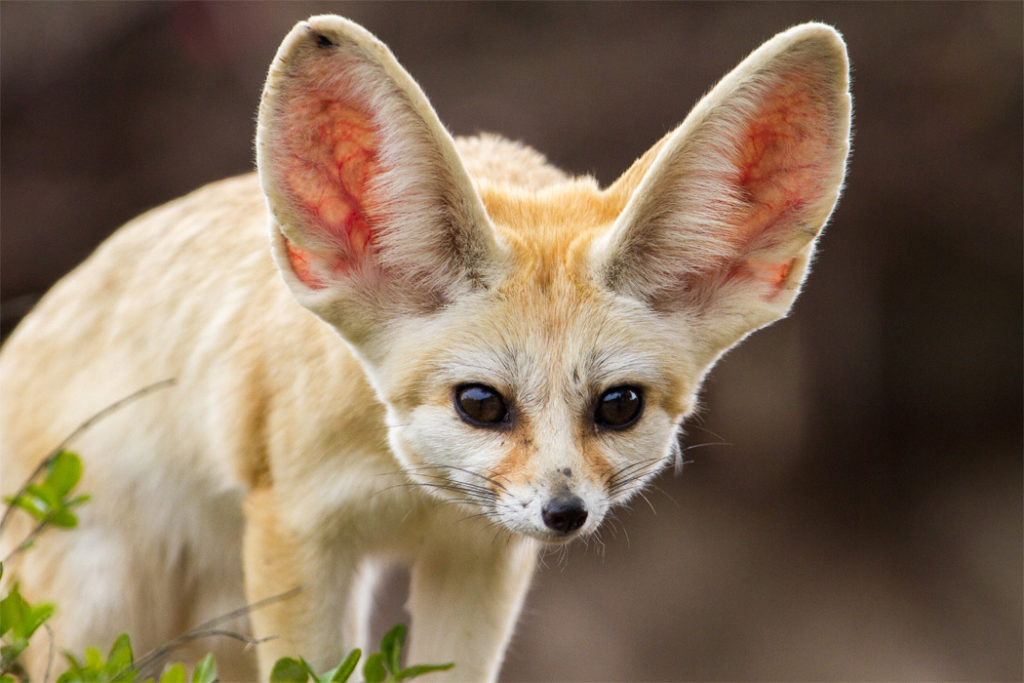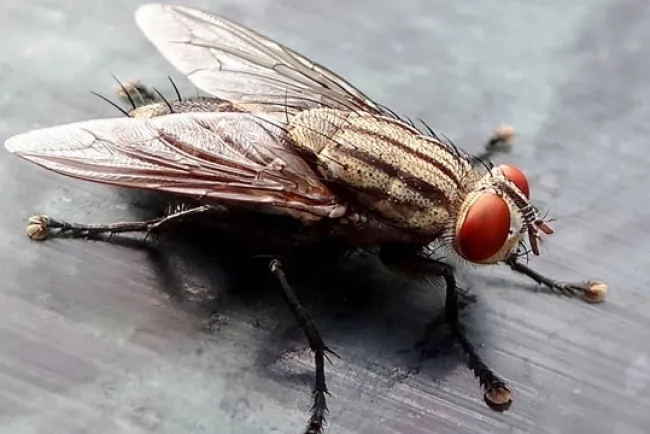The Ecological Significance of Foxes: Guardians of Ecosystem Balance...!!!
Foxes are captivating creatures that inhabit various environments across the globe. As members of the Canidae family, which includes dogs, wolves, and other similar mammals, foxes display diverse characteristics and adaptations.

Types of Foxes
1. Red Fox (Vulpes vulpes)
The red fox is the most widespread and recognizable fox species. It boasts a distinctive reddish coat, white underbelly, and bushy tail. Red foxes are incredibly adaptable and thrive in a variety of habitats, including forests, grasslands, mountains, and urban areas.
2. Arctic Fox (Vulpes lagopus)
Arctic foxes are well-suited to cold environments and are found in the Arctic tundra. They sport a thick, white coat in winter for insulation and camouflage against the snow. In summer, their fur turns brown or gray to blend with the tundra's vegetation.
3. Fennec Fox (Vulpes zerda)
Native to the Sahara Desert, the fennec fox is the smallest fox species. It features large ears that help dissipate heat and detect prey. Its sandy-colored fur provides effective camouflage in the desert landscape.
4. Gray Fox (Urocyon cinereoargenteus)
Gray foxes inhabit North and Central America. They have a mix of gray, white, and reddish fur and are unique among foxes for their ability to climb trees. Gray foxes prefer wooded and brushy habitats.
5. Kit Fox (Vulpes macrotis)
Kit foxes are small, slender foxes found in the arid regions of North America. They possess large ears and a light-colored coat that helps them stay cool in hot climates. Kit foxes are primarily nocturnal, hunting at night to avoid the daytime heat.
6. Swift Fox (Vulpes velox)
Native to the Great Plains of North America, swift foxes are small foxes with a yellowish-gray coat and a black-tipped tail. Swift foxes are renowned for their speed and agility, which help them evade predators.
7. Bengal Fox (Vulpes bengalensis)
Also known as the Indian fox, the Bengal fox is found in the Indian subcontinent. It features a pale reddish coat, a bushy tail with a black tip, and pointed ears. Bengal foxes inhabit grasslands, scrublands, and semi-arid regions.

Foxes in the Food Chain
Foxes play a vital role in the food chain as both predators and prey. Their diverse diet and hunting behavior influence prey population dynamics and contribute to ecosystem balance. Let’s explore their roles in greater detail:
Predators
Foxes are opportunistic feeders with a varied diet, including small mammals, birds, insects, fruits, and carrion. Their hunting behavior helps manage prey populations and maintain ecological equilibrium. Key prey species include:
-
Rodents: By preying on mice, voles, and rabbits, foxes help regulate these populations and reduce crop damage in agricultural areas.
-
Birds: Ground-nesting birds and their eggs are common fox prey. By controlling bird populations, foxes indirectly influence the abundance of insects and other small invertebrates that birds feed on.
-
Insects: Foxes consume a range of insects, contributing to pest control in both natural and agricultural settings.
-
Fruits and Plants: In addition to animal prey, foxes also eat fruits, berries, and other plant materials, aiding in seed dispersal and promoting plant growth.
Prey
Foxes are also prey for larger predators, including:
-
Wolves: In overlapping territories, wolves may prey on foxes, particularly when food is scarce.
-
Coyotes: Coyotes may attack and kill foxes to eliminate competition for food.
-
Birds of Prey: Large raptors, such as eagles and owls, may hunt young or small foxes.
-
Humans: Foxes are sometimes hunted or trapped for their fur, sport, or to protect livestock and poultry.
Ecological Impact
Foxes have a significant ecological impact due to their roles as both predators and prey. Their presence and activities affect various ecosystem aspects:
Population Control
By preying on small mammals, birds, and insects, foxes help manage these populations, preventing overpopulation and subsequent resource depletion and habitat degradation.
Seed Dispersal
Foxes aid in seed dispersal by consuming fruits and berries. The seeds pass through their digestive system and are deposited in new locations, promoting plant growth and biodiversity.
Scavenging
As scavengers, foxes contribute to cleaning up carrion and reducing disease spread. They consume dead animals, recycling nutrients back into the ecosystem.
Predator-Prey Dynamics
The presence of foxes influences the behavior and distribution of their prey species. Prey animals may alter their feeding and nesting habits to avoid predation, affecting vegetation patterns and habitat use.
Conservation Status
The conservation status of fox species varies. Some species, like the red fox, are abundant and have stable populations. Others, such as the swift fox and Bengal fox, face threats from habitat loss, hunting, and human-wildlife conflict. Conservation efforts focus on habitat protection, reducing human-wildlife conflict, and promoting coexistence between foxes and humans.
Foxes are versatile and adaptable animals that play crucial roles in ecosystems worldwide. Their varied diets and hunting behaviors help regulate prey populations, while their presence as prey supports larger predators. Understanding the ecological importance of foxes and their contributions to the food chain underscores the need for their conservation and habitat protection. Ensuring the survival of fox species is essential for maintaining ecosystem balance and health.
What's Your Reaction?

















